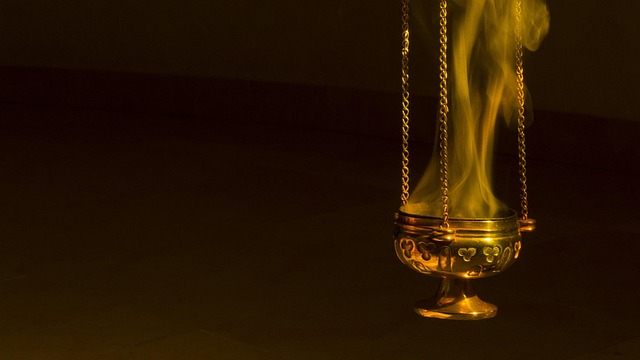Mystical Echoes: Exploring the Byzantine Liturgy in Religious Traditions
The Byzantine liturgy, a profound and rich tapestry woven through centuries of religious devotion, represents more than just an act of worship; it embodies a unique connection between the divine and the faithful. This intricate ceremony, steeped in tradition, invites participants into a world where the sacred and the ordinary mingle, creating a mystical experience that resonates deeply within the hearts of believers.
At its core, the Byzantine liturgy is characterized by its grandiosity and profound symbolism. The liturgical space, often adorned with gilded icons and flickering candles, provides a stunning backdrop for the rituals that unfold. The sounds of incense swirling through the air intertwine with the melodic chants, each note echoing prayers passed down through generations. This environment encourages a deep reflection on spirituality, fostering a sense of awe that transcends the temporal world.
Participation in the Byzantine liturgy is an immersive experience. The faithful engage not only through their voices but also through their senses. The vibrant colors of the vestments worn by the clergy, the intricate patterns of the mosaics, and the rich aromas of incense create a sensory overload that captivates the soul. Each element of the service, from the call-and-response prayers to the elaborate processions, serves to remind worshippers of their place in the divine narrative.
Central to the Byzantine liturgy is the Eucharist, a sacrament celebrated with reverence and solemnity. Here, the faithful believe they encounter the very presence of Christ. It’s a moment of profound grace, where the boundaries between heaven and earth blur, and congregants feel a deep spiritual connection not only with the divine but with one another. This communion fosters a sense of unity among participants, transcending individual differences and emphasizing the universal nature of faith.
The historical roots of the Byzantine liturgy run deep, drawing from the early Christian traditions that emerged in the Eastern Roman Empire. Its development reflects the complexities of culture, politics, and theological thought, evolving into the masterpiece of worship we recognize today. Understanding its history allows us to appreciate the layers of meaning embedded within each ritual, resonating with the collective memory of a community dedicated to preserving its spiritual heritage.
In a world often marked by division and uncertainty, the Byzantine liturgy serves as a beacon of hope. It invites individuals to step away from the noise of daily life and immerse themselves in a sacred tradition that has stood the test of time. Through its rhythms, chants, and prayers, it creates a space for reflection, healing, and reconciliation, allowing the echoes of the past to guide the hearts of the present.
As we explore the mysteries of the Byzantine liturgy, we uncover not only the beauty of its traditions but also the profound truths that resonate within our own spiritual journeys. In the echoes of this ancient practice, we find the sacred, the communal, and ultimately, the divine. Let us embrace these moments of worship, allowing them to transform our understanding of faith and connection in our contemporary world.




